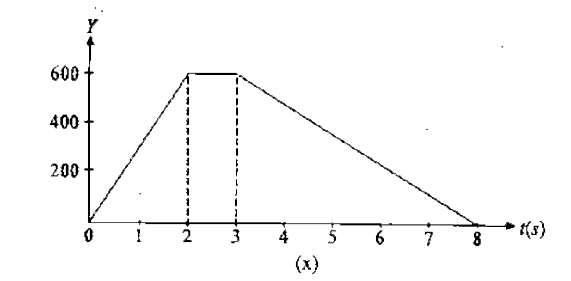AC Voltage applied to a Capacitor
Step by step video solution for AC Voltage applied to a Capacitor by Physics experts to help you in doubts & scoring excellent marks in Class 12 exams.
Updated on:21/07/2023সম্পর্কিত প্রশ্ন
জ্ঞান পরীক্ষা করুন
If A.C. voltage is applied to a pure capacitor, then votage across the capacitor ………….. .
Aleads the current by phase angle (π2) rad.Bleads the current by phase angle (π) rad.Clags behind the current by phase angle (π2)rad.Dlags behind the current by phase angle (π) rad.An AC voltage is applied to a resistance R and an inductor L in series . If R and the inductive reactance are both equal to 3 Ω, the phase difference between the applied voltage and the current in the circuit is
Aπ6Bπ4Cπ2Dzero.An AC voltage is applied to a resistance R and an inductance L in series. If R and the inductive reactance are both equal to 3Ω, the phase difference between the applied voltage and the current in the circuit is
Aπ/4Bπ/2CzeroDπ/6
The breakdown voltage indicated on a capacitor is 300 V. Can it be used in a 220 V a.c. circuit ?
View SolutionThe voltage applied across a capacitor having a capacitance of 10μF is varies as shown in figure:

At the time instant when the terminal voltage across capacitor is 600V calculate
(a) The charge on capacitor ltBrgt (b) The energy stored in the capacitor
(c) Draw the curve of current in connecting wires as a function of time.
View SolutionIn a series resonant circuit, the AC voltage across resistance R, inductance L, and capacitance C are 5V,10V and 10V respectively. The AC voltage applied to the circuit will be
View Solution120 V AC voltage is applied to 10 ohm resistance. The peak voltage across the resistor is
View SolutionAn a.c. Voltage is applied to a resistance R=30Ω and an inductor L in series. If the inductive reactance is also 30Ω, the phase difference between the applied voltage and the current in the circuit is
View Solution
